
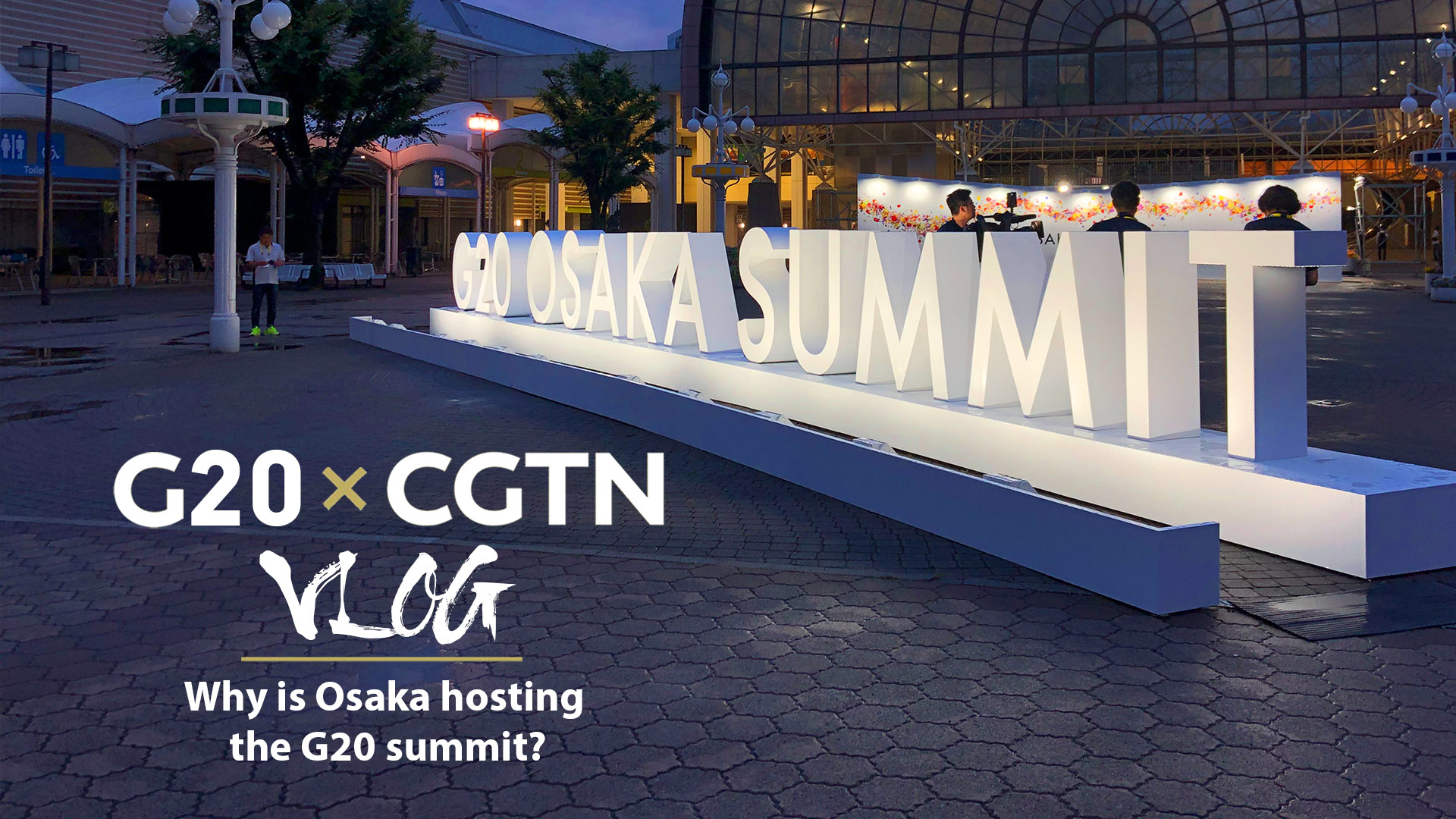
There are more than 700 cities in Japan, and out of them all, Osaka was chosen to host the country's first-ever G20 summit. Why is that?
A top meeting destination since '90s
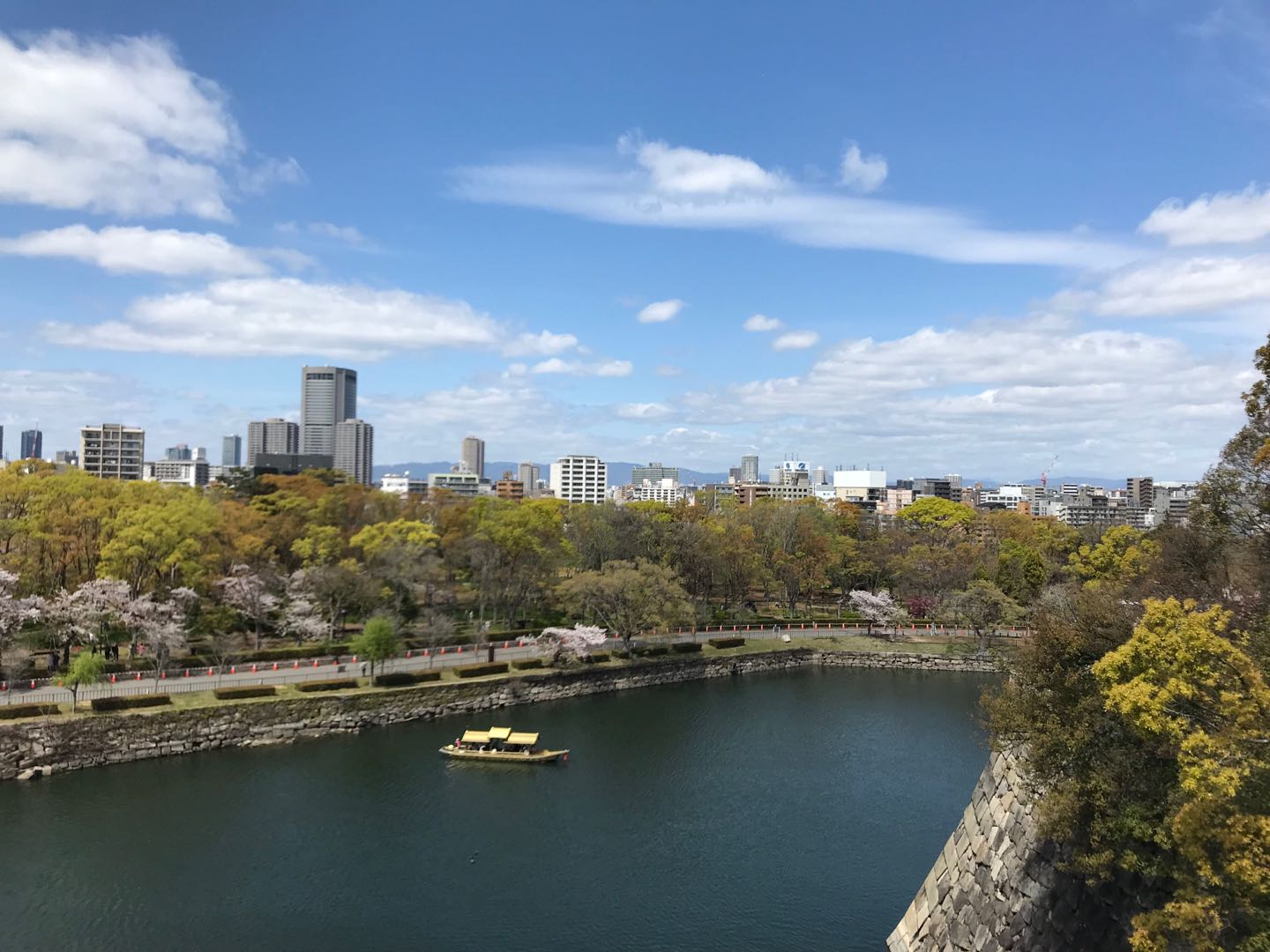
A view from near the Osaka Geihinkan (Guest House) where the the Seventh Asia-Pacific Economic Cooperation (APEC) Ministerial Meeting was held. /CGTN Photo
This is not Osaka's first time at the rodeo. One of Osaka's selling points is it's extremely extensive experience in holding international conferences and exhibitions.
In November 1995, Osaka played host to the Seventh Asia-Pacific Economic Cooperation (APEC) Ministerial Meeting, during which leaders and ministers from some 20 countries and regions convened in the city and exchanged insights on regional economic growth amid global uncertainties.
It was during this meeting that the Osaka Action Agenda (OAA) was adopted, providing a long-term framework for member economies to chart the future course of APEC cooperation.
Less people, more police
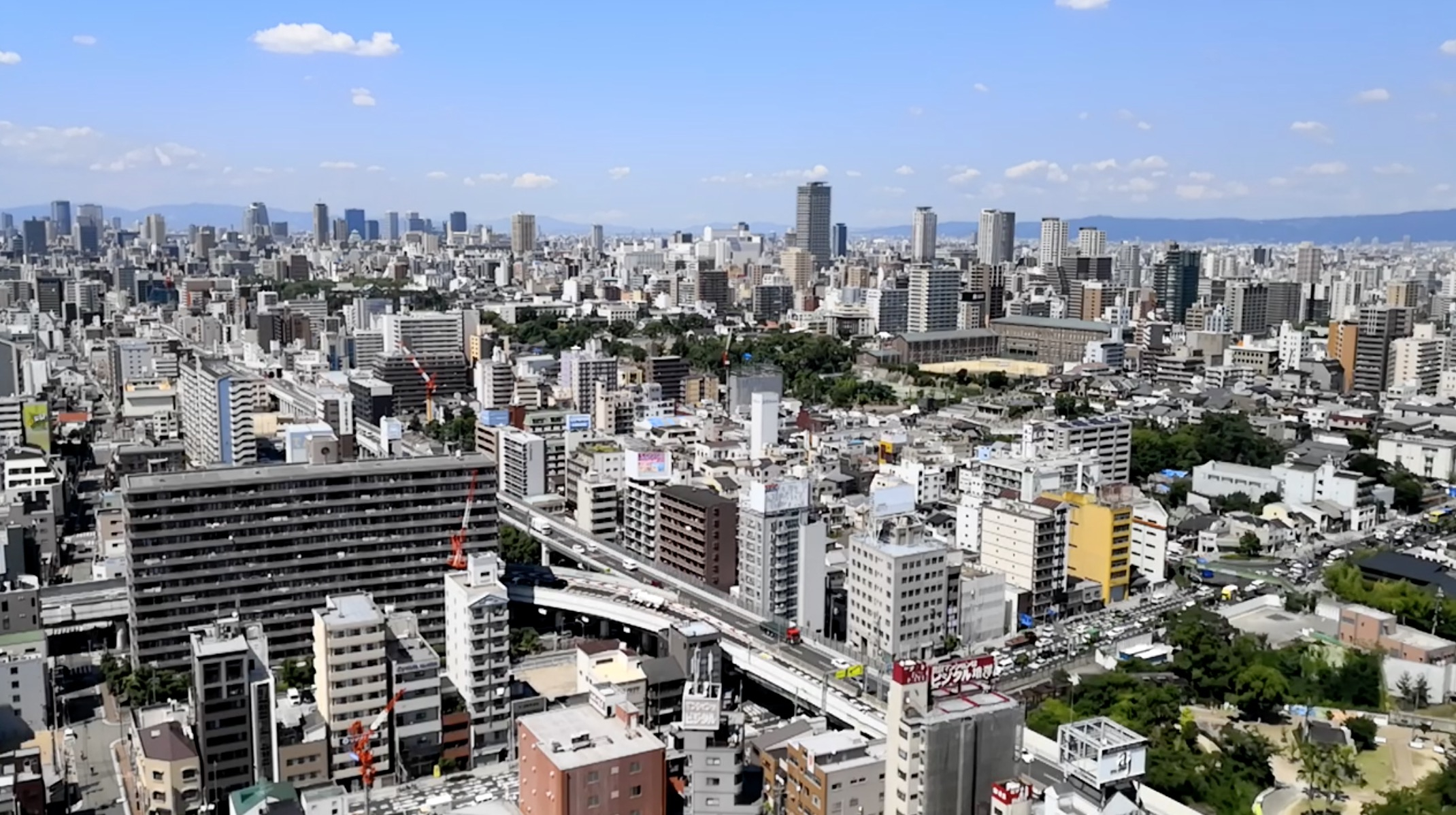
A bird's eye view of Osaka from the top of the city's iconic Tsutenkaku Tower. /CGTN Photo
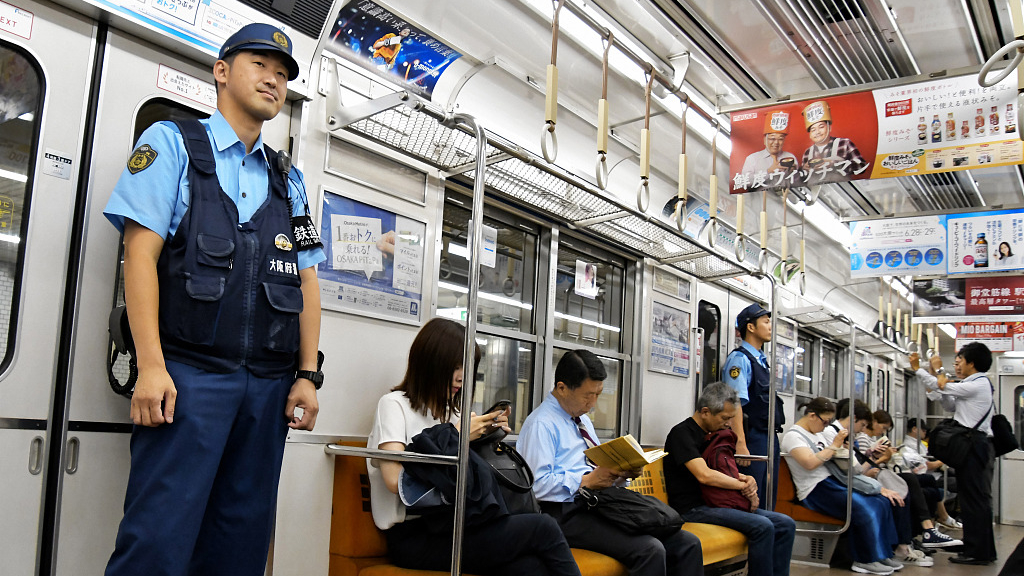
Police officers patrol a subway car in Osaka, June 26, 2019. /VCG Photo
The Japanese capital Tokyo might have been the obvious choice to hold such a high-level meeting, but more is at play than simply the political weight of a city. Osaka and Tokyo could not be any different, starting with population density.
Home to over 38 million people, Greater Tokyo — which consists of Tokyo Metropolis and other seven prefectures — is the most populous metropolitan area on the planet.
Tokyo Metropolis alone, with more than 6,000 people per square kilometer — approximately 1.5 times that of Osaka — is the most densely populated city in Japan, according to statistics released by the Tokyo Metropolitan Government Statistics Division.
The relatively low population density in Osaka not only helps reduce pressure on hotels as they accommodate world leaders with more flexibility, but certainly makes security management easier, which is a vital aspect for hosting a forum as significant as the G20.
Friendly faces, flavorful food
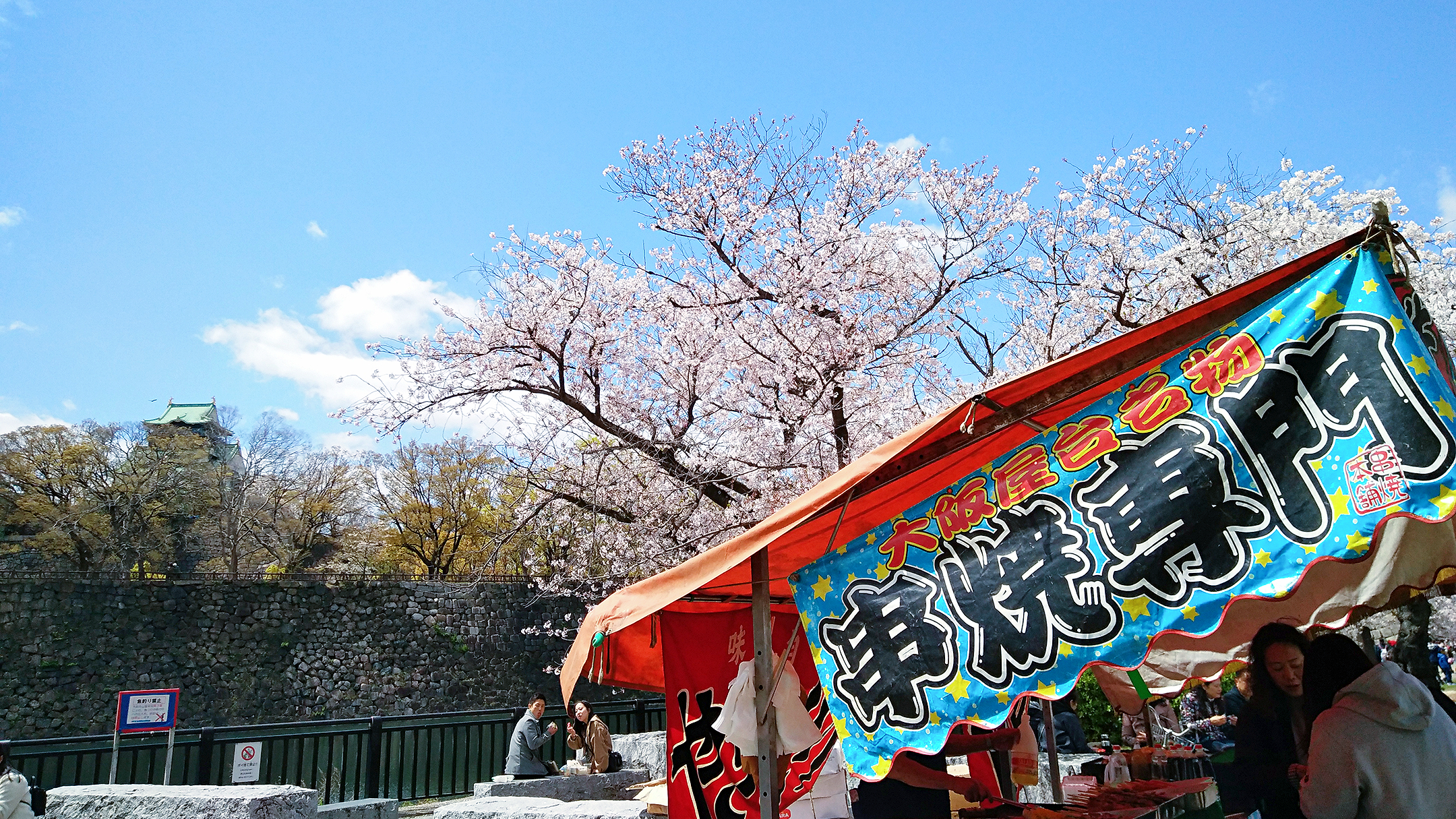
A barbecue stand at a cherry blossom viewing spot in Osaka. /CGTN Photo
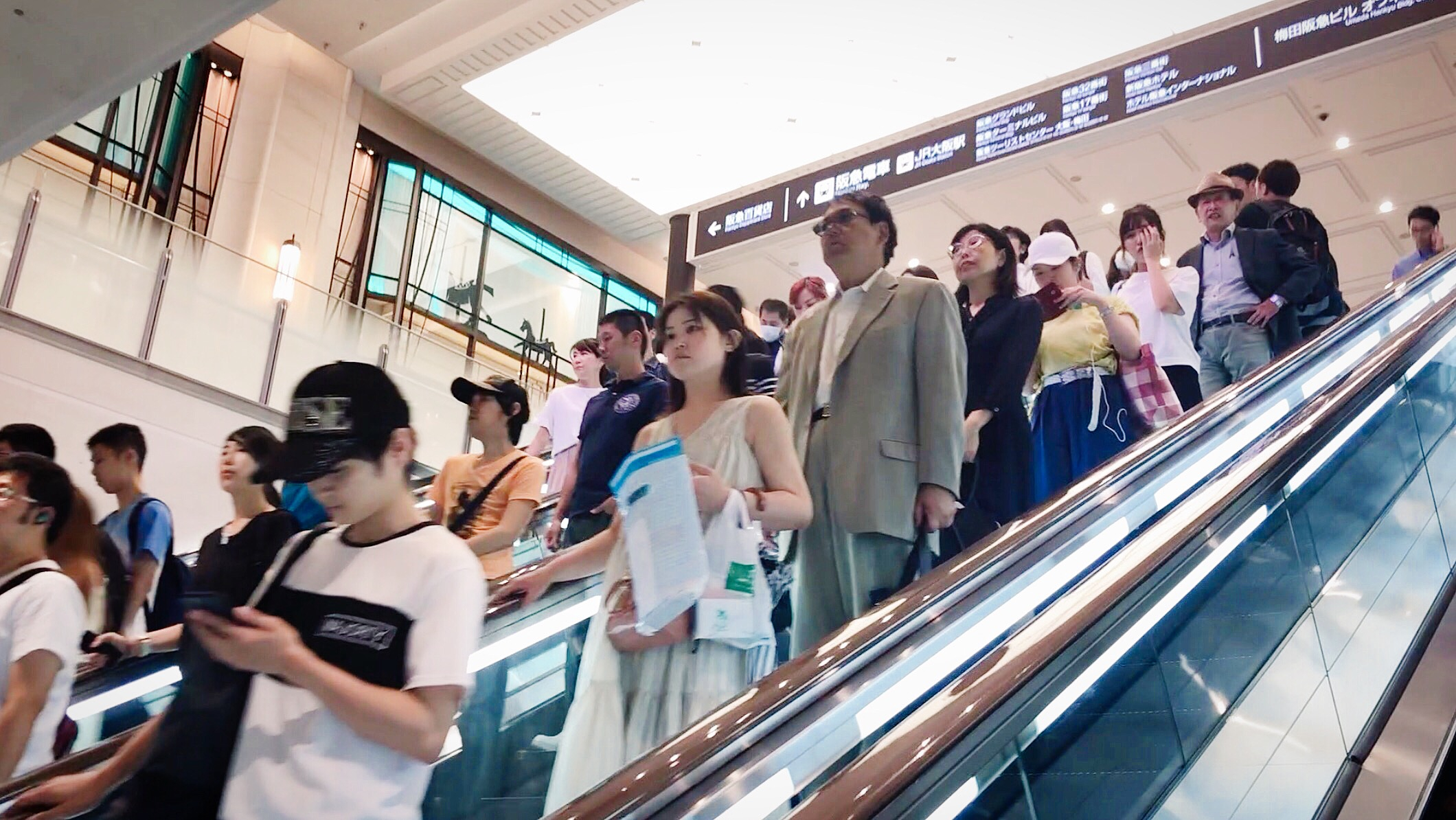
People stand on the right side of escalators and leave the left side clear in Osaka, while it is the other way around in Tokyo. /CGTN Photo
Japan might be a small island country, but each of its areas boasts a distinctive culture, especially its eastern Kanto and western Kansai regions.
One of the most visible differences is the escalator etiquette. While it's a general rule in Tokyo or the Kanto region to stand on the left and walk on the right, it's the other way around in Osaka and other surrounding cities in the Kansai region.
While it is fairly common in Tokyo to bump into people having wagashi, or traditional Japanese sweets and drinking tea at a picnic surrounded by cherry blossoms, Osaka people sit on benches and chew on barbecue to enjoy Hanami, or the traditional Japanese custom of viewing and appreciating flowers.
However, probably none of the differences are as stark as how people from these two regions are perceived by outsiders.
Generally, people from the Kansai region, especially Osaka, are described as outgoing and humorous. On the flip side, Tokyo locals may come off as cold and difficult to read. In fact, many of Japan's most famous comedians are from the Kansai region and they often speak in Kansai dialect during their acts.

A seafood stall at Kuromon Market in Osaka. /CGTN Photo
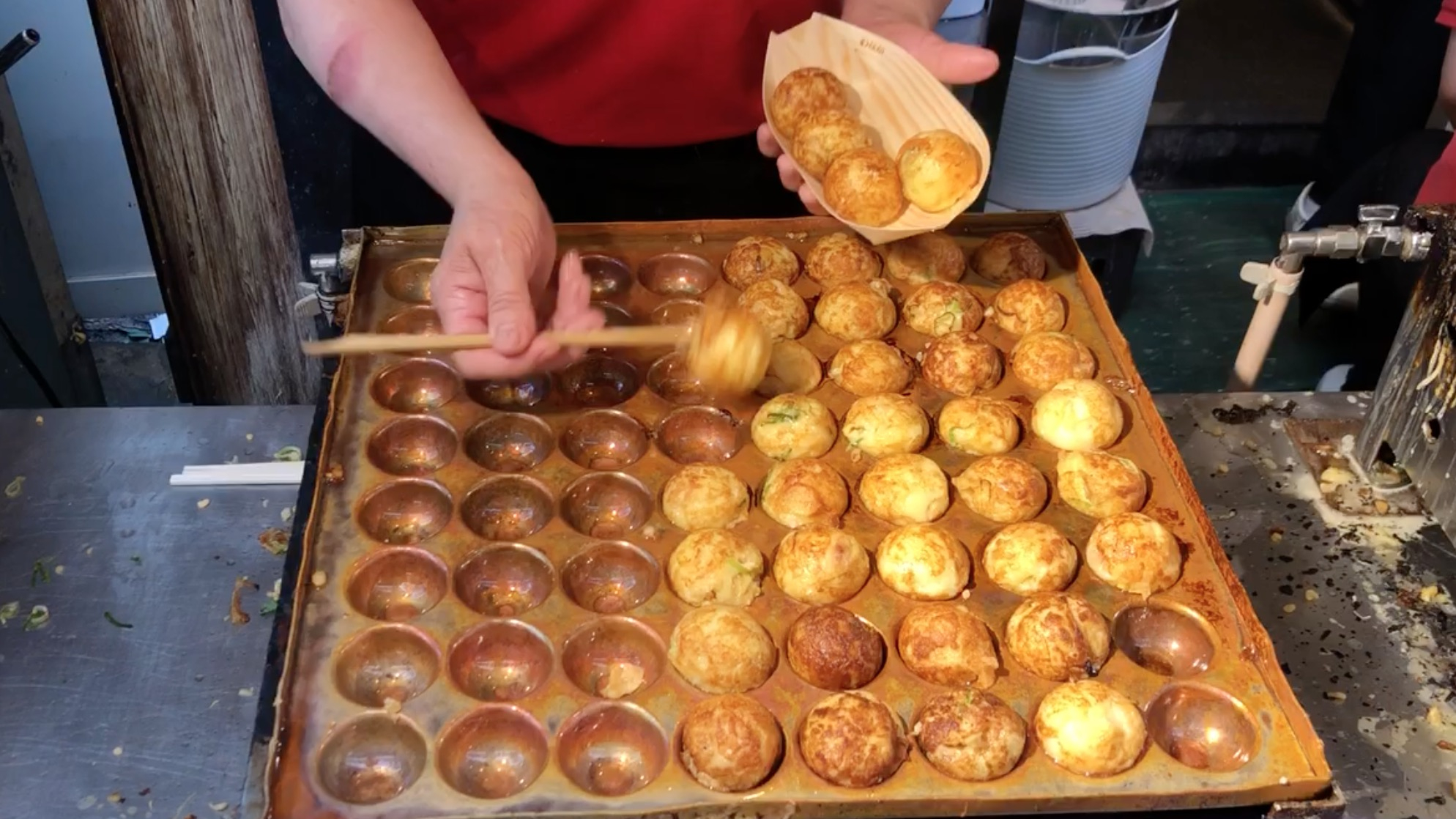
An outdoor stand that sells Takoyaki, or octopus dumplings, one of Osaka's most popular local dishes at Kuromon Market. /CGTN Photo

People shop at the Kuromon Market in Osaka. /CGTN Photo
The Kuromon Market, a local food market in Osaka, is regarded as a place that very much reflects what Osaka people are like as they go about their daily lives.
Dubbed as "Osaka's Kitchen," the Kuromon Market which dates back to the Edo Period (1603-1868), is a covered public market which stretches around 600 meters with over 150 shops selling everything from fresh fish, meats and sushi, to cheap clothes and household goods.
The fact that some of its shops even offer a tiny place for patrons to stand and eat makes it an extremely atmospheric place to stroll around, shop and enjoy a wide variety of street foods.
It has now become known not just among the Japanese, but also visitors from across the world as a prime spot to meet real Osaka merchants as well as experience that vibrant energy that some believe has long been lost in the more culturally-reserved parts of the country.
Tradition meets modernity

A closer look at the Tenshukaku, or the main tower of Osaka Castle that sits at the heart of the city. /CGTN Photo
Osaka is a city that has been designed with the future in mind, but still remains somehow full of charm of years gone by. Its unique mix of traditional lifestyles and vibrant atmosphere makes it a city with multiple layers — always ready to be peeled back and revisited.
Nestled in the midst of Osaka's high-rise concrete blocks, the majestic Osaka Castle is a stunning emblem of the city's pride in its past.
The well-preserved castle has a history that dates back to 400 years ago, when it was first built by Japanese warlord Toyotomi Hideyoshi. It was constantly enlarged and improved during Hideyoshi's lifetime, becoming an iconic witness of Osaka as it grew into a national center of trade and politics.

Created in 1912 with New York and Paris as its models, the shinsekai area remains one of Osaka's most lively neighborhoods. /CGTN Photo
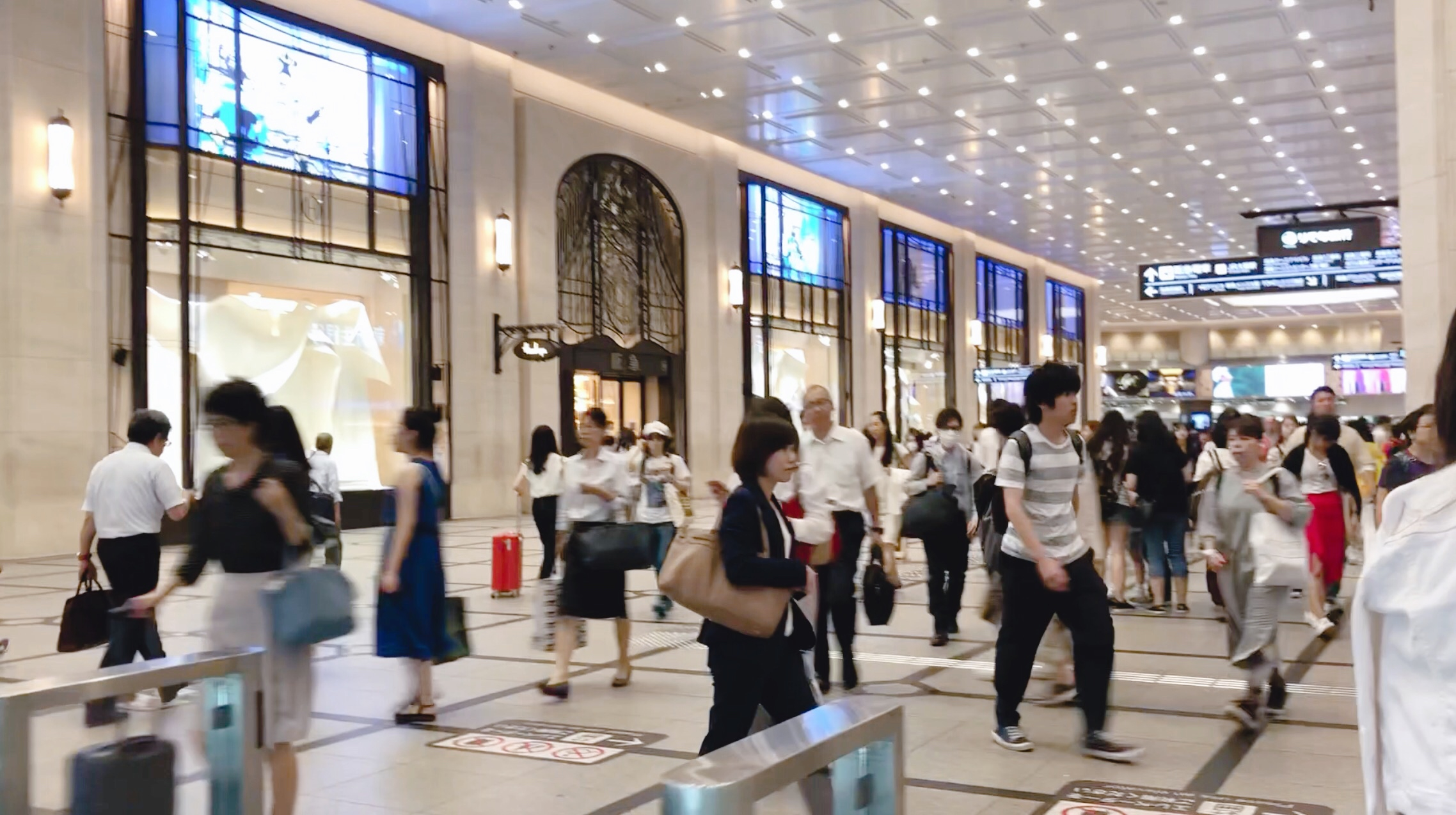
Whity Umeda, Osaka's largest underground shopping center located under the massive terminal where the JR, Hanshin, Hankyu, and Osaka Subway lines meet, is visited daily by approximately 400,000 people. /CGTN Photo
Besides its historical charm, Osaka has developed a distinct urban culture that rivals Tokyo's.
From the enormous underground shopping center Whity Umeda to the dynamic hangout spot of Shinsekai area, Osaka is illuminated by tens of thousands of neon signs that make people wonder if the city ever sleeps.
City with big ambitions
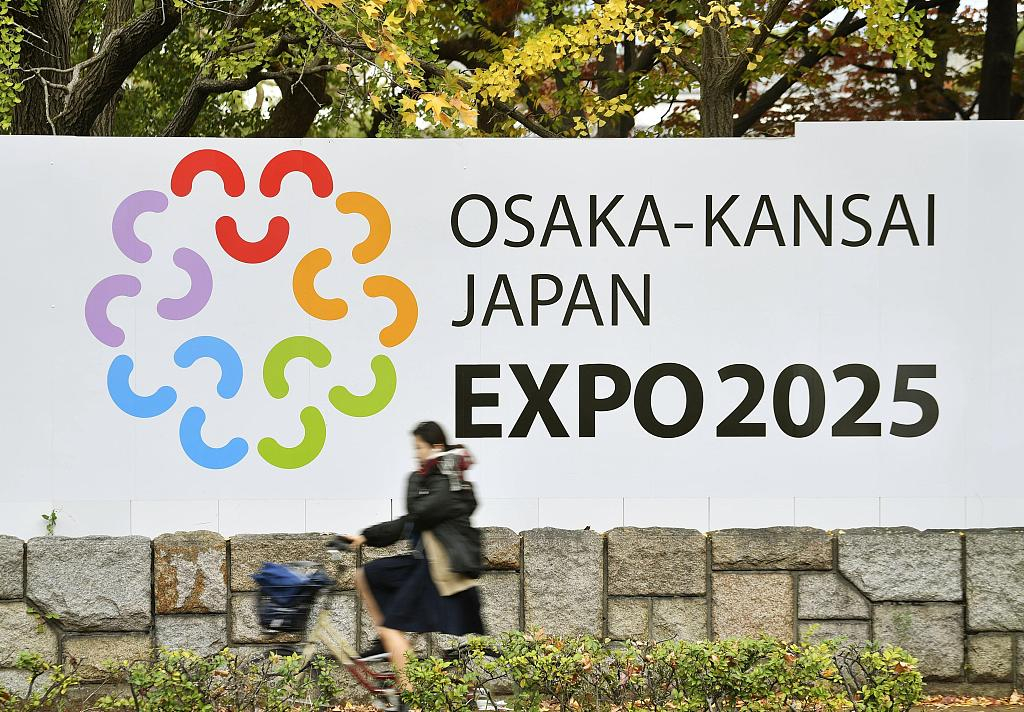
A banner promoting Osaka's bid to host the World Expo in 2025 is displayed in the western Japanese city. /VCG Photo
While Osaka's past and present seem to have contributed to the decision of choosing it as the G20 host, its future projects might have further buoyed its chances.
Last November, Osaka was selected to hold the World Expo in 2025, bringing the event back to the city 55 years after the 1970 Osaka Expo.
Under the theme "Designing Future Society for Our Lives," the landmark event is expected to draw millions of visitors from all around the world, shining a spotlight on Osaka's ambition to continue thriving as one of Japan's primary political, economic and cultural centers.
Field producer: Dang Zheng
Writer: Bi Junxin
Videographers: Bao Hongwei, Dang Zheng
Video editor: Chen Shuxun
Read more:
G20 Vlog Ep1: CGTN team off to Japan for G20 Osaka summit
G20 Vlog Ep2: Toshodaiji Temple, a connection between Chinese and Japanese culture
G20 Vlog Ep3: Kobe Chinese School sows cultural seeds in Japan
Living arts and crafts: Discover traditional cultural treasures in Osaka

Copyright © 2018 CGTN. Beijing ICP prepared NO.16065310-3
Copyright © 2018 CGTN. Beijing ICP prepared NO.16065310-3